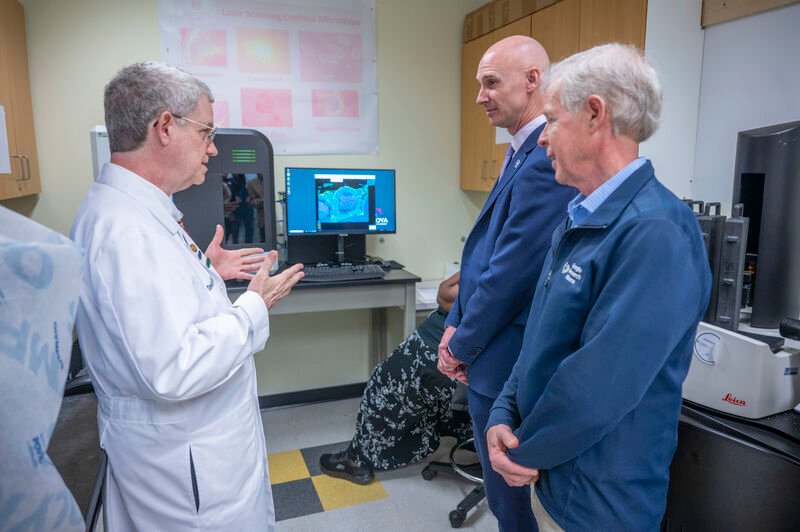Bio‑Path outlines a robust development and regulatory path ahead, aiming to advance both cancer and obesity-focused therapies using its proprietary DNAbilize® platform.
Bio‑Path outlines a robust development and regulatory path ahead, aiming to advance both cancer and obesity-focused therapies using its proprietary DNAbilize® platform.

Bio-Path Holdings, Inc. a biotech company developing targeted RNAi therapeutics through its DNAbilize® liposomal delivery technology, has outlined its 2025 development strategy, highlighting progress in both oncology and obesity research.
The company reported encouraging preclinical and early clinical findings in hematologic malignancies and solid tumours, reinforcing the potential of DNAbilize® to improve delivery of antisense therapies. Building on these results, Bio-Path is now extending its pipeline beyond oncology into metabolic disease with BP-1001-A, a candidate designed for obesity and Type 2 diabetes.
Peter H. Nielsen, President and CEO of Bio-Path, emphasized the significance of this expansion:
“The important work we conducted throughout 2024 has led us into what we believe is an exciting 2025 as we build off positive data generated in oncology and the addition of a new application for BP1001-A in the treatment of obesity for Type 2 Diabetes. This new application compels us to advance these studies as quickly as possible and to file for regulatory designations that could accelerate our path to approval.”
By pursuing regulatory designations such as Fast Track or Orphan Drug status, Bio-Path aims to shorten development timelines while diversifying its portfolio. The strategy reflects a broader trend in biotechnology, where companies are leveraging core platforms across multiple therapeutic areas to increase the probability of clinical and commercial success.
With dual efforts in cancer and metabolic diseases, Bio-Path is positioning itself not only as an oncology innovator but also as a contender in one of the fastest-growing therapeutic markets. The coming year will reveal whether its technology can bridge the gap between strong laboratory science and meaningful patient outcomes.
Keep in touch with our news & offers